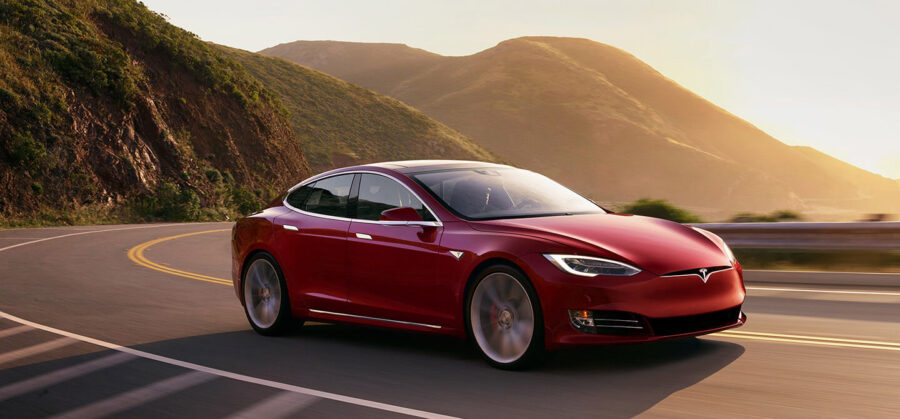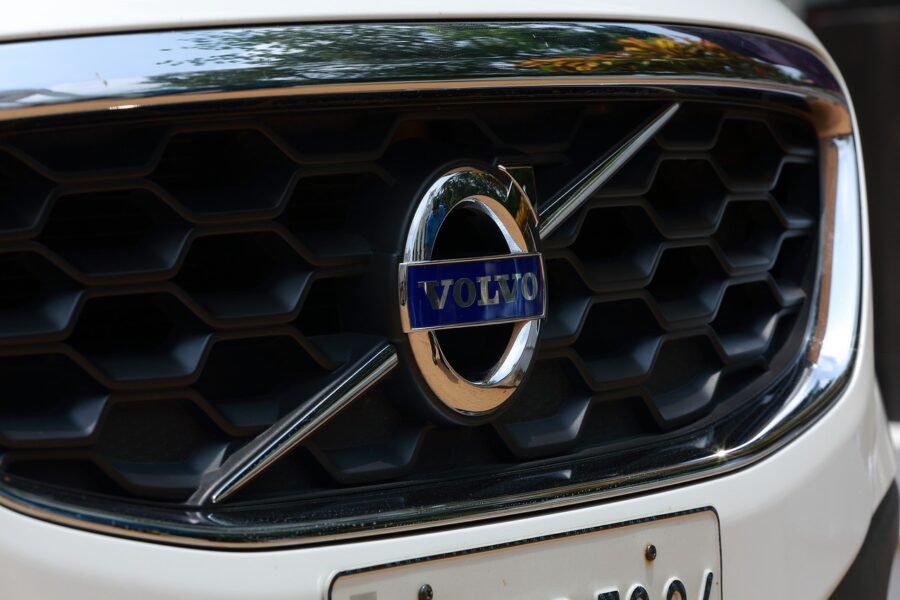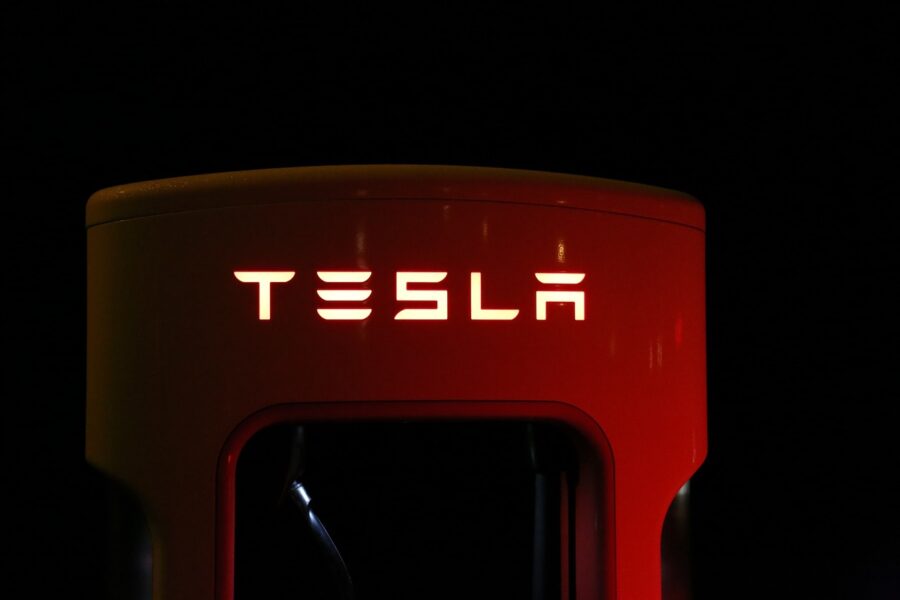Fully Self-Driving Cars: How Soon Will We Have Them?
We've been promised self-driving cars are the future for years now, but how long until they're really here? When will we truly have self-driving cars?
This article is more than 2 years old
We’ve been promised self-driving cars as the future for years now, but how long until they’re really here? When will we truly have self-driving cars? That’s the question of everyone who has ever imagined the future through a sci-fi lens. That’s the next step to moon bases, deep space exploration, draconian dystopias, and maybe even robot slaves who ultimately rise up against us.
We’re edging closer to a fully self-driving car world, that’s not in doubt. You can’t watch TV without seeing an advertisement for cars with features like automatic breaking that stops the auto before impact, blind spot monitoring to prevent changing lanes when other vehicles are present, and self-parking capabilities.
Companies like Uber and Waymo both plan to bring and test their self-driving cars to major U.S. cities, Dallas and Los Angeles, respectively. Though in each case the purpose is to collect mapping data and human drivers will pilot the cars. At least for now.
Elon Musk’s Tesla, always at the forefront of this type of technology, often using their existing customers as de facto beta testers. Recently, they introduced a new “Smart Summon” feature that can, as the name implies, pull a car out of a parking spot, steer around impediments, and travel to the owner. You might never have to walk across a rainy parking lot ever again.
Still in its nascent stages, the Smart Summon has been described as “glitchy,” but has already been used more than a million times since rolling September of this year. There have been issues, most notably a number of minor, low-speed dust ups that have led to some fun viral videos. Still, the function has received largely positive reviews and Musk recently stated Tesla owners could get the “full self-driving” capabilities by the end of 2019. (The name is a bit of a misnomer, as drivers will still need to be present, in place, and prepared to take over should the need arise.)
Many other companies are pushing further and further forward in the realm of autonomous cars. While these and other impressive advances are sure signs of things to come, the flaws and problems drive home just how far there is to go.
There’s a great deal of work to do before we truly reach level five autonomy in self-driving cars. But don’t worry, plenty of people—currently more than 40 companies—are on the job and we might get there before we know it.

Levels of Autonomy In Self-Driving Cars
When it comes to self-driving cars, there are five levels of autonomy. Six actually, they count zero. These levels rate the degree of automation from nothing to everything.
Level 0—No Automation: As you might guess, level 0 describes the majority of cars. Humans have direct and exclusive control over all major systems. You have cruise control, but that’s about it. This applies to most cars on the road.
Level 1—Driver Assistance: The first rung on the ladder, in level 1 we find things like adaptive cruise control, which maintains a safe distance between you and the car in front of you, or automatic breaking. It also includes lane assist, which can gently bump you back in line if you stray. These features are mostly designed to assist drivers and fight fatigue behind the wheel, but a human remains in control at all times.
Level 2—Partial Automation: Level 2 is where you find partial automation and things take a turn for the sci-fi. The driver still needs to be present, paying attention, and in control, but this stage of automation allows the car to handle some of the speed and steering duties. It can keep a car centered in the lane and maintain a safe distance, which is especially useful in traffic jams. It also allows the driver the ability to, not zone out, but step back from some of their responsibilities. Tesla, Volvo, Audi, and others have some form of this tech.
Level 3—Conditional Automation: Level 3 represents a big step up from level 2. Here the car will basically drive itself. This happens at relatively low speeds, and only under the right conditions, but you don’t to have your hands on the wheel or feet on the pedals. A level 3 car handles all that for you, unless things get tricky, then you’ll need to take over, which is why you still have to sit in the driver’s seat.
Level 4—High Automation: By the time we get to level 4, things start to look close to things we see in movies. These are cars fully capable of driving themselves from point A to point B without human interaction. They brake, accelerate, steer, use turn signals, change lanes, and all the rest. There are limitations, but these vehicles can drive themselves under most normal, known conditions. Right now, we have level 4 capable vehicles, but legal hurdles and oversight is why they’re not currently on the highways.
Level 5 – Full Self-Driving Automation: Level 5 is the pinnacle, the top of the mountain everyone wants to reach. This is a car that you climb into, punch in your destination, and back and take a nap. They have the ability to be fully autonomous in all possible situations on the road. As you probably guessed, we’re not there yet.
Who Is Working On Level 5 Self-Driving Cars?
In order for truly self-driving cars to become a reality, Level 5 autonomy is the obvious goal. But it’s a tricky proposition for an automobile to be prepared for literally anything the world throws in its way. Weather, traffic, other drivers, pedestrians, changing conditions, stop lights, there’s an infinite number of scenarios to consider and plan for. This requires new levels of artificial intelligence and machine learning.
Fortunately for those of us waiting on this technology, there are plenty of companies working to deliver it to us. In fact, most major automakers are on the case to one degree or another.

GM Developing Self-Driving Cars
General Motors is one company going hard on self-driving cars. In 2016, CEO Mary Barra wrote an article on LinkedIn in which she stated, “We expect to be the first high-volume auto manufacturer to build fully autonomous vehicles in a mass-production assembly plant.” And their actions back up her words.
The company bought Cruise Automation, a Silicon Valley startup that same year. They purchased a portion of Lyft and planned to unleash a fleet of cars in conjunction with the ride-share company in 2018. In the meantime, they’ve encountered setbacks that have delayed the release until after 2019, but they continue to push the issue forward.

Honda’s Self-Driving Cars
Honda has thrown their hat in the self-driving ring. Though they intended to have cars able to drive themselves on highways by 2020, they’ve also had issues along the way.
In 2016, they started talking about collaboration with Waymo, though those discussions fell apart due to differences in the expected working relationship—Honda wanted Waymo’s tech, while Waymo wanted Honda’s cars. This deal fell apart in 2018, though they have since hooked up with GM’s Cruise. While still in the hunt, it looks like Honda’s autonomous vehicles won’t arrive in 2020 and will be a work of collaboration.

Volvo’s Self-Driving Cars
Many companies view ridesharing as a major potential market for autonomous vehicles. One of these is Volvo. To this end, the Swedish manufacturer teamed up with Uber in 2016 to the tune of $300 million.
The two companies continue to work together, and Volvo’s CEO said they aim to have cars capable of driving on the highway as early as 2021. True to their safety-conscious reputation, they even attempted to address looming legal concerns. In 2015, they began urging the U.S. to create a Federal guidelines for self-driving cars and also said they “will accept full liability for cars in autonomous mode.”

Toyota Investing In Self-Driving Cars
Though they were a pioneer in mass-producing hybrids vehicles, Toyota wasn’t as bully on self-driving cars. At least not initially. In 2015, they invested a billion dollars into the endeavor and have made significant headway.
In 2017, the Japanese automaker debuted the Concept-i, an autonomous/piloted car, complete with an AI named Yui designed to anticipate driver needs and evaluate their emotional state. Yui has been compared to a warm and fuzzy Alexa or Siri. In October 2019, Toyota unveiled the next evolution, the LQ. A level 4 autonomous vehicle, it will reportedly be ready for road trials in 2020.

Ford Has Self-Driving Goals
Ford is another who came out of the gate with grand plans for self-driving cars. And like so many others, they haven’t quite reached their ambitious goals just yet. After investing $1 billion with Argo AI, a startup founded by Google and Uber alums, in 2017 CEO Mark Fields told CNBC that by 2021, they were going to have a level 4 autonomous vehicle with no gas pedal or steering wheel.
Whether that pans out remains to be seen, but they’re still trucking along. Earlier in 2019, Argo AI invested $15 million to create the Center for Autonomous Vehicle Research at Carnegie Mellon University. A five-year grant, the aim is to work on “improving sensors’ perception and algorithms designed to improve safety and reliability in a range of conditions including winter weather, especially snow, and construction zones.”

Tesla Pushing Towards Truly Self-Driving Cars
Elon Musk wouldn’t be the Elon Musk we know without making grand, daring, possibly brash claims. Case in point, his 2016 statement that by 2017, Tesla’s self-driving system would be good enough to drive from Los Angeles to New York. That hasn’t happened yet. Part of the delay was due to the company moving on from Mobileye, the startup that supplied key chips for their Autopilot system, after a fatal crash.
Though that prediction failed to come true, that hasn’t turned the automaker off from their endgame. As mentioned earlier, their Smart Summon feature was used more than a million times in less than a month. And while Musk didn’t promise anything, he also told investors their full self-driving version could release as early as the end of 2019. Earlier this year, Tesla released a video showing off the FSD capabilities.
Self-Driving Speed Bumps and Roadblocks
These are far from the only companies currently working on self-driving technology. BMW, Fiat, Hyundai, and more are working to develop the technology necessary for truly autonomous vehicles. But they face a number of speed bumps and roadblocks along the way. Some practical, others legal.
The biggest issue with self-driving cars is obviously safety. Autonomous vehicles have to be at least as safe as human drivers. According to the most recent National Highway Traffic Safety Administration data, there were 1.16 fatalities per 100 million vehicle miles travelled. The current autonomous technology simply fails too often.
For context, Uber’s self-driving tests needed a human driver to intervene every 19 kilometers. In 2018, a self-driving Uber test vehicle in Tempe, Arizona tragically struck and killed Elaine Herzberg, who became the first recorded pedestrian fatality due to an autonomous vehicle. According to subsequent inquiries, nothing malfunctioned, the system simply failed to identify her and take action until it was too late.
This illustrates a key issue. Self-driving technology has to work in every possible situation. High traffic, low traffic, sun, rain, snow, fog; whatever the conditions, it has to adapt. Whatever unpredictable elements the road throws at a car, it must be capable of handling them.
Multiple companies are working on this, but it’s complicated. A number of technologies are in play, including radar, lidar, cameras, and ultrasonic sensors. The software involves millions, if not billions of lines of precise code. And it all has to work together. This brings up another hurdle: cost.
The necessity for so much cutting-edge hardware drives up the price. If self-driving cars are prohibitively expensive, no one will buy them. This especially conflicts with Tesla’s goal of getting more and more people to use sustainable transportation options. Companies are taking steps to keep the price down, but despite progress, there’s still a long way to go on that front.
Not only are there practical hurdles for autonomous vehicles to clear, but there are legal ones as well. Liability issues are also a huge concern, not to mention a complicated issue on their own.
Volvo became one of the first companies to accept responsibility should any of their autonomous systems fail. That’s a noble gesture, however, they likely would have been found at fault regardless according to some experts. Manufacturers are held responsible for seatbelts or brake that fail, why not self-driving systems?
That said, as of now, no one has been held accountable for the death of Elaine Herzberg, though the National Transportation Safety Board plans a November 19 hearing to decide the matter.
While it may look easy and straightforward enough from the outside—in a relative sense of the word—self-driving cars are anything but. Like so many other scenarios, the technology is running forward while the law struggles to catch up. With so much to consider and so many factors in play, it’s complex and nuanced and will only continue to evolve. Both the technological and legal side will develop and improve and push self-driving forward.
Many predicated by the early 2020s, we’d see fleets of self-driving cars roaming the highways, getting us home safely, delivering goods, and generally being of use to humanity. The closer we get to that, and the closer we look at the issue, the less likely it seems. If anything, it feels likely we’ll see a prolonged period where self-driving advancements enhance the capabilities of human drives, but don’t necessarily go solo.
Still, many great minds and deep pockets are hard at work on ironing out the kinks and making progress toward truly autonomous vehicles. Maybe it won’t be quite as soon as some thought, but it looks inevitable that real self-driving cars will happen, and sooner rather than later.
Self-Driving Accessories
While other companies are working on making self-driving a reality, Apple is thinking past the sale to create better ways to manage your soon to be created self-driving vehicle. The company has filed a patent application for technology that would let you use voice commands to tell your self-driving car where you want to go.
The patent is titled “Guidance of Autonomous Vehicles in Destination Vicinities Using Intent Signals” because that’s the kind of clunky title you give a patent. But in practice, it means they have a technology which would let you tell Siri “hey I want nachos” and then your self-driving car would simply take you to the best place to get Mexican food.
The genius of it is how non-specific your instructions would have to be in order to get the response. A far cry from the Siri on your phone which, as you’ve probably noticed, can barely handle telling you the time if you ask “Siri what time is it?”
The patent application even outlines use cases where the tech would help your car find the best place to park or find the ideal store to go to in order to make the purchase you want. As cited in the patent, “For example, if the individual states, ‘I’d like to buy some plants for my garden,’ in the vicinity of a large retail store, the navigation manager may determine that the vehicle should preferably be parked near an entrance marked ‘gardening’ or ‘gardening supplies.”
Going one step further, the patent even indicates Apple’s tech may not even need voice commands to figure out what you want. As detailed, it will also be able to interpret subtle signals like gestures, touches, and even what direction you’re looking in.












